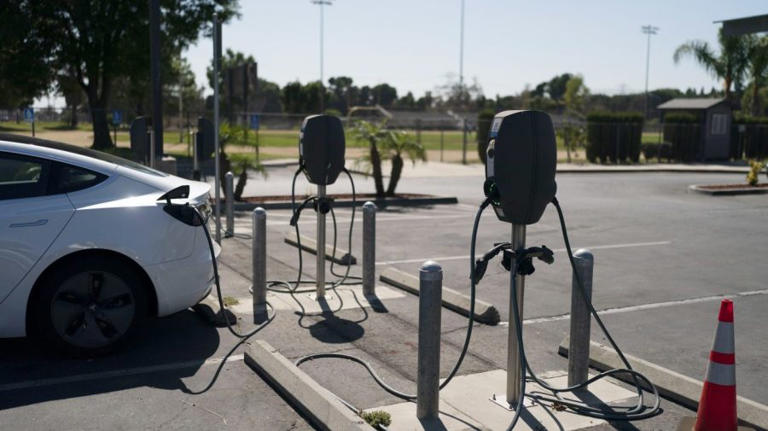In a recent study published in the Proceedings of the National Academy of Sciences, researchers from the University of California, Davis, have illuminated the significant infrastructure hurdles that California will encounter as it strives to meet the increasing demand for electric vehicles (EVs) by the year 2045. According to the study’s findings, more than two-thirds of the electricity distribution circuits in the state will require substantial capacity upgrades to accommodate the growing number of EVs expected on the roads.
The study underscores the imperative for California to add 25 gigawatts to its electrical capacity by 2045. Such a monumental shift in capacity, estimated to cost between $6 billion and $20 billion, is deemed necessary to fulfill the ambitious state targets, including the goal of deploying 5 million EVs by the year 2030.
The researchers emphasize that the widespread adoption of EVs will lead to a notable surge in electricity charging load, posing significant challenges to the operation and planning of the power system. This surge in demand necessitates upgrades to distribution circuits to ensure they can handle the increased load and prevent potential overloads.
By modeling various future distribution and capacity scenarios, the researchers have identified densely populated areas like the Bay Area as the first to experience overloads without necessary upgrades. Furthermore, they predict that the strain on distribution circuits will only intensify over time, affecting a broader geographical area as EV adoption continues to grow.
Despite the substantial investment required for upgrading distribution circuits, the study suggests that electricity prices may actually decrease by $0.01-0.06 per kilowatt-hour due to an overall increase in power consumption. However, it’s important to note that while per-unit prices may decrease, the overall electricity bills of consumers are still projected to increase due to the overall growth in total electricity consumption.
In light of these findings, the authors stress the critical importance of implementing regulatory measures to address the anticipated infrastructure strain. They advocate for proactive measures to accommodate and mitigate the challenges in the distribution network, including policy shifts towards public or workplace charging to alleviate the burden on residential areas. This could involve increasing the number of chargers available at these locations or implementing differentiated charging rates to encourage charging during off-peak hours.
As California navigates the transition to a more sustainable transportation landscape, strategic infrastructure investments and proactive regulatory measures will be essential to ensure the reliable and efficient electrification of the transportation sector while minimizing the impact on consumers and the power grid.
